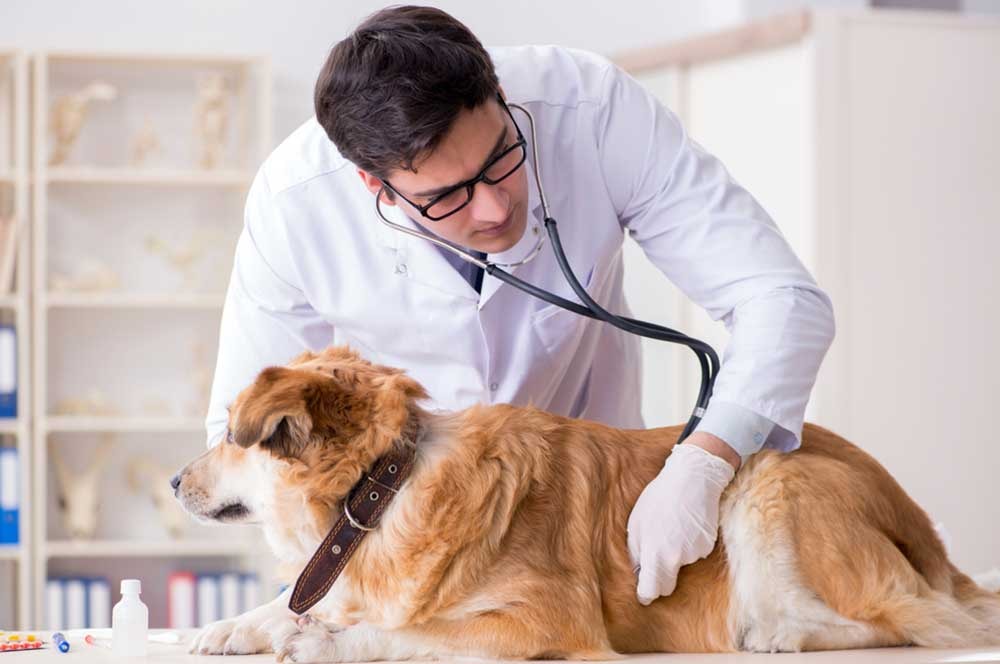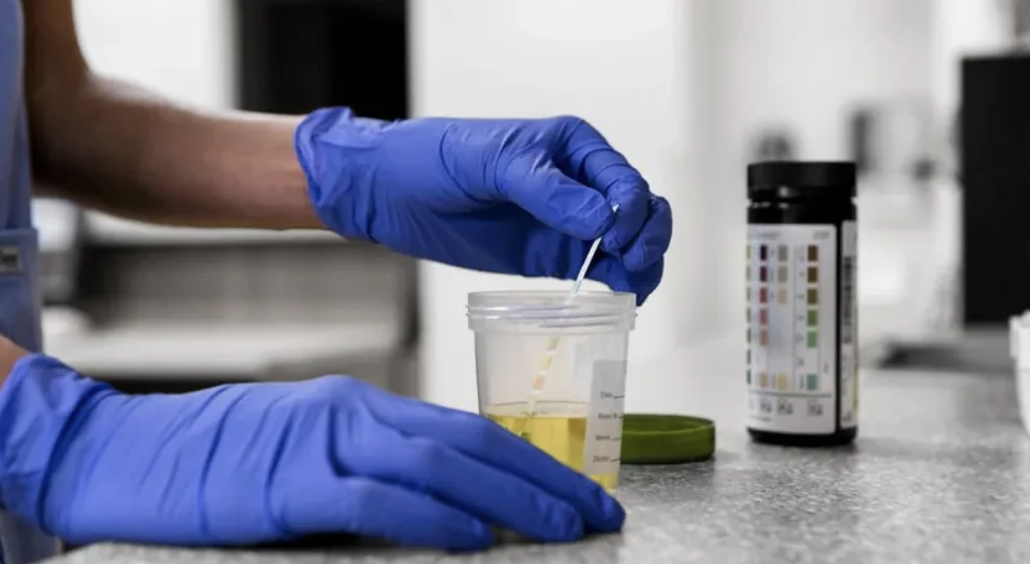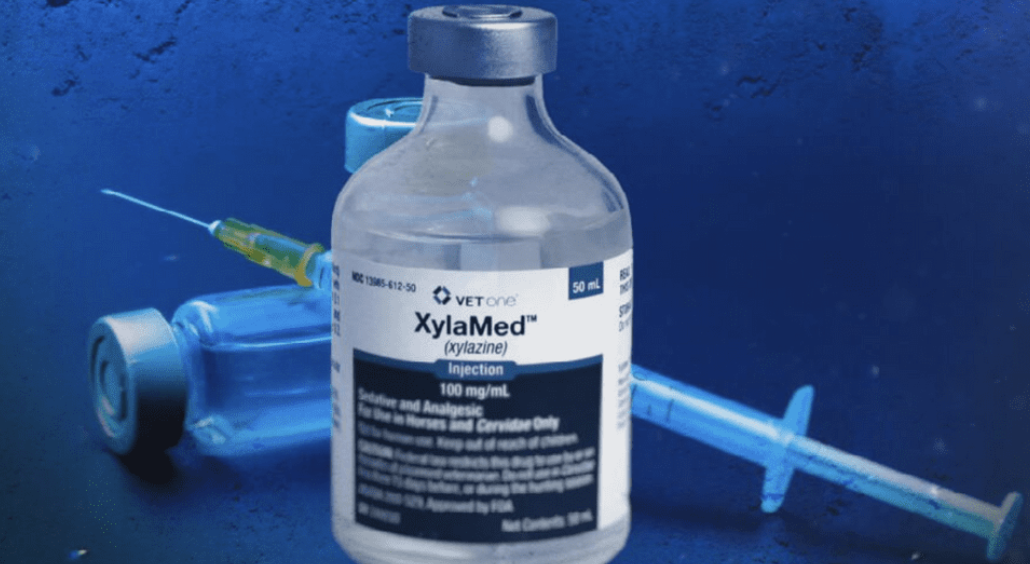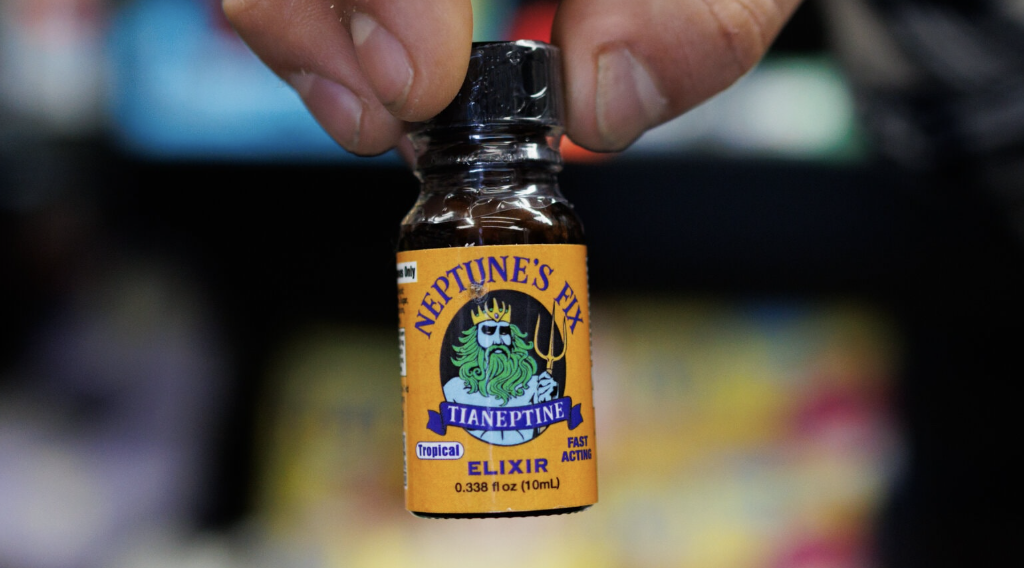Human misuse of veterinary drugs is a growing concern, due to its increasing prevalence and significant health risks. These medications, intended for animal use, can lead to severe health issues when consumed by humans, including addiction, toxic reactions, and even death. In this article, we explore why this human misuse of veterinary drugs a growing concern is on the rise and what dangers it poses.
Key Takeaways
- Misuse of veterinary drugs by humans poses severe health risks, including addiction, overdose, and lack of appropriate medical supervision.
- Accessibility and lower costs contribute to the growing trend of using veterinary medications for human purposes, often leading to dangerous side effects.
- Improved regulatory measures, including Prescription Drug Monitoring Programs and better education among veterinarians, are crucial to preventing the misuse of veterinary drugs.
What is human misuse of veterinary drugs?
The core issue at hand is the intentional consumption of veterinary medications by humans, a practice that poses significant health risks and often leads to severe consequences. Controlled substances among veterinary drugs can result in addiction and dependency in humans. These medications are meant exclusively for animals and are not tested or approved for human consumption, making their misuse a dangerous gamble.
The increasing availability of veterinary drugs has facilitated misusing veterinary medications by pet owners, who often employ deceptive practices like requesting higher doses for their pets or visiting multiple veterinarians to obtain prescriptions. Signs of misuse include a pet owner requesting unusually high doses or making frequent visits to multiple veterinary clinics. Commonly abused veterinary medications include opioids like fentanyl and tramadol, as well as tranquilizers such as ketamine and xylazine.
The abuse of veterinary drugs can result in severe side effects, including euphoria, sedation, and in extreme cases, respiratory depression. Veterinarians play a crucial role in managing this public health issue in a veterinary setting through proper prescribing practices and monitoring.
Prescription Drug Monitoring Programs (PDMP) for veterinarians can help track and prevent the diversion of these drugs for human use. Xylazine, a veterinary tranquilizer, is increasingly being misused in combination with opioids, exacerbating the overdose crisis.

Why is this a growing public health concern?
Veterinary drug misuse has emerged as a significant public health concern, with increasing reports of overdose incidents and fatalities linked to these substances. This trend is particularly alarming among individuals aged 18 to 64, who are increasingly turning to veterinary medications for various reasons. The accessibility of these drugs, often available with fewer regulatory constraints compared to human healthcare settings, contributes to their substance misuse.
One of the most concerning aspects is the adulteration of street drugs with veterinary medications like xylazine and pentobarbital exhibit significant potential, which has led to a spike in drug overdose deaths related to veterinary drugs. The illicit drugs market is increasingly incorporating these veterinary products and synthetic opioids, exacerbating the already critical polysubstance abuse crisis in the U.S. The rise in fatal overdoses underscores the urgent need for improved monitoring and preventive measures, especially with the emergence of the zombie drug.
The World Health Organization and other public health bodies are recognizing the scale of this issue. To inform public health policies and implement an early detection tool can help address this increased risk related to child health.
The opioid epidemic has already burdened healthcare systems, and the complexity added by veterinary drug misuse compounds the challenge. It is imperative that we take these warnings seriously and act swiftly to mitigate the impact on human health.
Common veterinary drugs misused by humans
Several veterinary drugs have reached human hands, resulting in dangerous and often fatal consequences. These medications, designed for specific animal health issues, are being repurposed for human use, often without the oversight of medical professionals.
The most commonly misused veterinary drugs include:
- Ivermectin
- Xylazine
- Ketamine
- Clenbuterol
Each of these drugs has a specific purpose in veterinary medicine but poses significant risks when misused by humans. Each of these drugs has specific intended uses, misuse patterns, and associated health risks.

Ivermectin (Stromectol, Ivomec)
Originally developed to treat parasitic infections in animals, ivermectin gained notoriety during the COVID-19 pandemic when misinformation led many to believe it could prevent or treat the virus in humans. Although ivermectin is used in human medicine for specific parasitic infections, animal formulations and dosages differ significantly. Using the animal version can lead to severe side effects, including neurological symptoms and potentially fatal outcomes.
The FDA has reported numerous instances where individuals required medical care after ingesting animal formulations of ivermectin. An overdose can result in severe hypotension, seizures, and other critical health issues.
Furthermore, the safety profile of ivermectin for humans includes specific dosages and medical supervision, which are not applicable when using veterinary formulations.
Xylazine (Rompun)
Xylazine, a veterinary tranquilizer primarily used for large animals, has increasingly found its way into the illicit drug market. Known as “tranq” on the streets, xylazine is often mixed with opioids like fentanyl, creating a potent and dangerous combination that exacerbates the risk of overdose. Xylazine’s central nervous system depressant properties can lead to severe effects, including dangerously low heart rates and respiratory depression, making xylazine addiction especially hazardous when combined with opioids.
One of the most troubling aspects of xylazine misuse is that it does not respond to conventional overdose reversal drugs like naloxone. This makes it particularly hazardous for users who may unknowingly consume it mixed with other drugs, further complicating the ongoing opioid addiction crisis. The increasing presence of xylazine in the drug supply correlates with a rise in overdose deaths involving this substance between 2019 and 2022.
Repeated use can also lead to serious skin conditions, including abscesses and ulcers, requiring extensive medical treatment.
Ketamine (Ketaset, Vetalar)
Ketamine is an anesthetic commonly used in veterinary settings, but it has also gained popularity for recreational use among humans. The lines between veterinary ketamine and its human-form counterpart are often blurred, leading to misuse and dosing errors. Misuse of ketamine can induce severe psychological effects, including hallucinations and dissociative experiences, risks often seen in ketamine addiction.
The recreational use of ketamine poses significant risks, such as impaired cognitive abilities and brain function. The dosage for veterinary use is often much higher than what is safe for human consumption, leading to potential overdose and toxicity. This misuse underscores the dangers of repurposing veterinary drugs for recreational purposes.
Clenbuterol
Clenbuterol, primarily a bronchodilator for horses, has found a niche among humans seeking its anabolic properties for weight loss or performance enhancement. Despite being banned by the FDA for human use, clenbuterol is still illegally used for its muscle-building and fat-burning effects.
However, misuse can result in serious cardiovascular issues, including heart palpitations, hypertension, and cardiac arrest. The dangers of using clenbuterol highlight the broader issue of repurposing veterinary drugs for human use without understanding the significant health risks involved.
Why are people using veterinary drugs instead of human medication?
The motivations behind the misuse of veterinary drugs are varied and complex. One primary reason is cost; veterinary medications are often cheaper than human counterparts, making them attractive for those struggling with medical expenses. Additionally, the online availability of these drugs makes them easily accessible to a broader audience, bypassing the need for a prescription or medical consultation. Discussed themes included motivations for this behavior.
Mistrust in the healthcare system also plays a role. During public health crises like the COVID-19 pandemic, misinformation and skepticism led many to seek alternative solutions. This mistrust is often fueled by social media discussions, and a study explores reddit discussions, which can be misleading and dangerous.
Misbeliefs about the effectiveness of veterinary medications contribute to misuse. Some individuals falsely believe these drugs are more potent or effective than human medications. This misconception can lead to dangerous self-medication practices, putting individuals at risk of severe health complications.

What are the health risks of using animal medications?
The health risks of misusing animal medications are significant and multifaceted. Veterinary drugs do not undergo the same rigorous safety testing as human medications, making their effects on human physiology largely unknown. This lack of testing can lead to severe health issues such as organ damage, allergic reactions, and even death.
Incorrect dosages, toxic excipients, and unregulated supply chains further exacerbate the risks. These factors contribute to adverse reactions and potential long-term health consequences, making the misuse of veterinary drugs a perilous endeavor.
Overdose potential and toxicity
Human physiology differs significantly from the animals these medications are designed for, making even small overdoses dangerous or fatal. Misusing animal medications can lead to severe toxicity, especially if animal dosages are applied to humans. Veterinary medications can cause serious toxicity in humans, especially when dosages exceed recommended levels, leading to potentially fatal outcomes.
The high risk of addiction and dependence associated with veterinary opioids is another major concern. Drugs like ketamine can impair brain function and cognitive abilities when abused, while xylazine can significantly affect the central nervous system, causing dangerous side effects. The lack of safety testing for these medications in humans increases the risk of adverse effects.
Contaminants and unsafe formulations
Misusing veterinary drugs poses another significant risk: the presence of contaminants and unsafe formulations. Veterinary medications may contain harmful impurities not evaluated to the same standards as human drugs. These impurities can pose serious health risks, including infections, toxic reactions, and other adverse effects. Veterinary medicines may also carry similar risks if misused.
Compounding errors and non-sterile products are additional concerns with veterinary drugs and veterinary substances. These medications may contain inactive ingredients not meant for human consumption, which can lead to unpredictable and dangerous side effects. The unregulated supply chains of these drugs further increase the risk of contamination and unsafe formulations, making their misuse particularly hazardous.
Veterinary vs. human drug formulations: What’s the difference?
The differences between veterinary and human drug formulations are substantial and can have serious implications when these medications are misused. Veterinary drugs often have different chemical compositions and dosage forms compared to human medications, leading to significant risks. This can lead to significant risks if the drugs are not accurately prescribed.
Pharmacokinetics, or how drugs are absorbed and metabolized, can vary significantly between species, affecting efficacy and safety. Drug research indicates that veterinary drugs may contain different ratios of active ingredients, which can result in dosing errors.
Furthermore, the labeling and intended use of veterinary drugs are specifically designed for animals and can differ greatly from human applications. Misunderstanding these formulations can pose serious health risks.
How are these drugs being accessed and distributed?
Veterinary drugs are accessed and distributed through various channels, often bypassing regulations designed to control their use, including illicit drug supply and illicit drug markets. These channels include:
- Black markets
- Online pharmacies
- Agricultural suppliers These sources often operate with fewer regulatory constraints, facilitating the acquisition of these drugs without a prescription.
Prescription veterinary drugs and veterinary feed directive (VFD) drugs both require veterinary oversight, but they differ in the following ways:
- Prescription veterinary drugs require a licensed veterinarian’s order for safe distribution and cannot be sold to laypersons without it.
- Online purchasing ease has enabled individuals to bypass these regulations for prescription drugs.
- VFD drugs also necessitate veterinary oversight but differ from prescriptions in that they are used in or on animal feed.
Unapproved animal drugs pose another safety risk, as they cannot be legally marketed and lack necessary FDA pre-market review. The lack of regulatory oversight and ease of access contribute significantly to their misuse, highlighting the need for stricter controls and better enforcement.
What’s being done to stop veterinary drug misuse?
Efforts to curb the misuse of veterinary drugs are being spearheaded by various government agencies and regulatory bodies. A Prescription Drug Monitoring Program (PDMP) for veterinarians can help track narcotic dispensing and curb misuse.
Veterinary clinics should:
- Conduct regular inventory audits to identify and address discrepancies in controlled substances.
- Secure controlled substances in locked cabinets.
- Limit access to authorized personnel as a crucial preventive measure against drug misuse.
Ongoing staff training on recognizing drug diversion signs and understanding Drug Enforcement Agency regulations is crucial for preventing substance abuse. A comprehensive drug diversion prevention policy clarifies protocols for handling controlled substances and promotes staff accountability.
Awareness of red flags, like inventory discrepancies or unusual prescribing patterns, is critical for early detection of valuable insights into emerging drug trends related to potential drug diversion.
What should you do if someone has used a veterinary drug?
If someone has ingested a veterinary drug, immediate action is crucial to mitigate potential harm. Here’s what to do:
- Contact poison control or seek emergency medical assistance immediately.
- Gather as much information as possible about the drug, including its name, dosage, and time of ingestion.
- Provide this information to healthcare professionals.
Do not induce vomiting unless instructed by a medical professional, as some drugs may cause more harm if vomited. Monitor the individual’s symptoms, as some reactions may worsen over time. Veterinary drugs can have different effects on humans compared to animals, increasing the risk of adverse reactions.
Xylazine causes severe respiratory depression, so it’s crucial to get emergency help immediately if such symptoms are observed.
Bottom Line: Human misuse of veterinary drugs
The misuse of veterinary drugs by humans is a growing public health concern that requires immediate attention and action. From the motivations behind this dangerous practice to the severe health risks involved, it is clear that more stringent regulations and better awareness are needed. Veterinary drugs are not subjected to the same rigorous safety testing as human medications, making their misuse particularly hazardous.
By understanding the differences in drug formulations, the risks of overdose and toxicity, and how these drugs are accessed and distributed, we can better address this issue. Government actions, veterinary licensing, and prescription laws are being updated in response to this problem, but it is also crucial for individuals to be informed and vigilant. If someone has ingested a veterinary drug, immediate medical attention is essential. Together, we can work towards mitigating the risks and ensuring the safety of all.
FAQs about human misuse of veterinary drugs
What are the most commonly misused veterinary drugs by humans?
Ivermectin, xylazine, ketamine, and clenbuterol are the most commonly misused veterinary drugs by humans, and their misuse can lead to serious health risks. It is crucial to avoid using veterinary medications without proper veterinary guidance.
Why do people misuse veterinary drugs instead of human medications?
People often misuse veterinary drugs due to their lower cost, easier online access, and a lack of trust in human healthcare systems. This misbelief about their effectiveness can lead to improper use.
What are the health risks of using veterinary drugs?
Using veterinary drugs poses significant health risks, including incorrect dosages and potential toxic effects, which can lead to severe health complications like organ damage and allergic reactions. Therefore, it's crucial to avoid using these medications without veterinary guidance.
How can I report misuse of veterinary drugs?
You can report the misuse of veterinary drugs to local health authorities, poison control centers, or the FDA using their MedWatch reporting system. This ensures that such issues are addressed promptly and effectively.
Is ivermectin safe for humans?
Ivermectin is safe for humans when prescribed in specific formulations and dosages by a healthcare professional, but veterinary-grade ivermectin can be dangerous and should be avoided. Always consult a doctor for appropriate use.
















